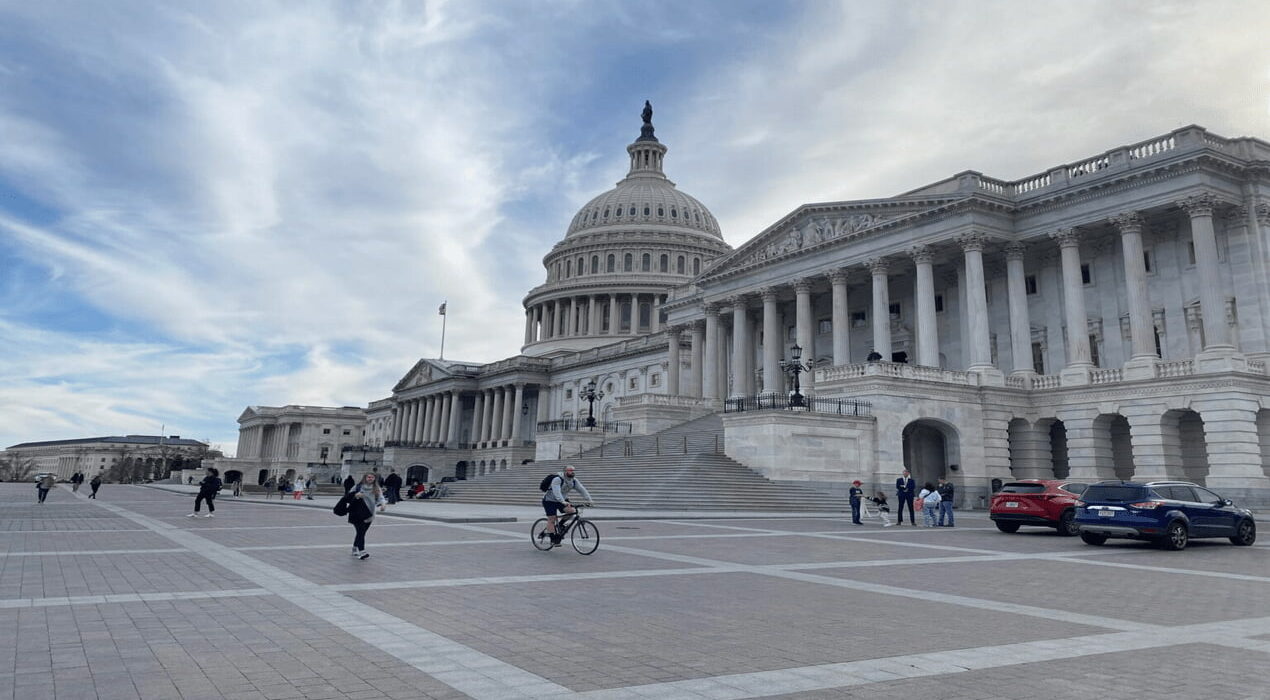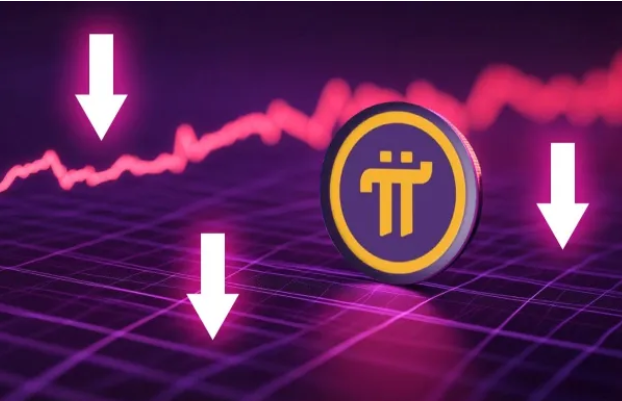The United States is facing a major shake-up in its federal workforce. More than 154,000 government employees have left under resignation and buyout programs. Officials claim the move helps taxpayers, but experts worry about lasting effects.
Impact on Agencies and Services
The federal workforce makes up less than 1.5% of all U.S. jobs. Therefore, the departures may not impact the unemployment rate. However, specific agencies face serious challenges.
At the Department of Agriculture, nearly 1,200 staff left, around 17% of its workforce. Among them was a scientist skilled in detecting fungal toxins in grain. Without this expertise, food safety risks increase. Contaminated crops can harm both people and livestock, the World Health Organization warns.
The USDA said it will continue all essential operations despite losing over 15,000 workers. Yet, union leaders argue that gaps in specialized knowledge could weaken safety standards.
Health agencies have also been hit hard. The Department of Health and Human Services cut 10,000 positions. This included 3,500 at the Food and Drug Administration (FDA) and 2,400 at the Centers for
Disease Control and Prevention (CDC).
One employee revealed the FDA is struggling to update the National Youth Tobacco Survey. Staff shortages have slowed efforts at the CDC’s tobacco control unit, creating setbacks in prevention programs.
Official Response
Government officials downplayed fears of a “brain drain.” A spokesperson said the CDC and FDA remain committed to tobacco prevention and other health initiatives. Even so, critics argue that buyouts leave agencies vulnerable at a critical time.
As a result, concerns grow over how the government will maintain crucial public health and food safety standards with fewer workers.






